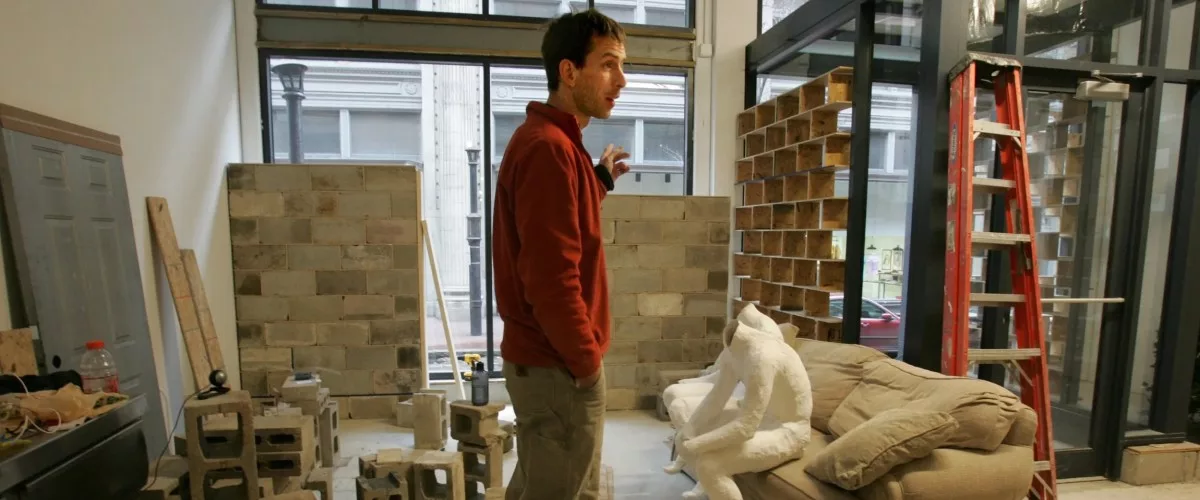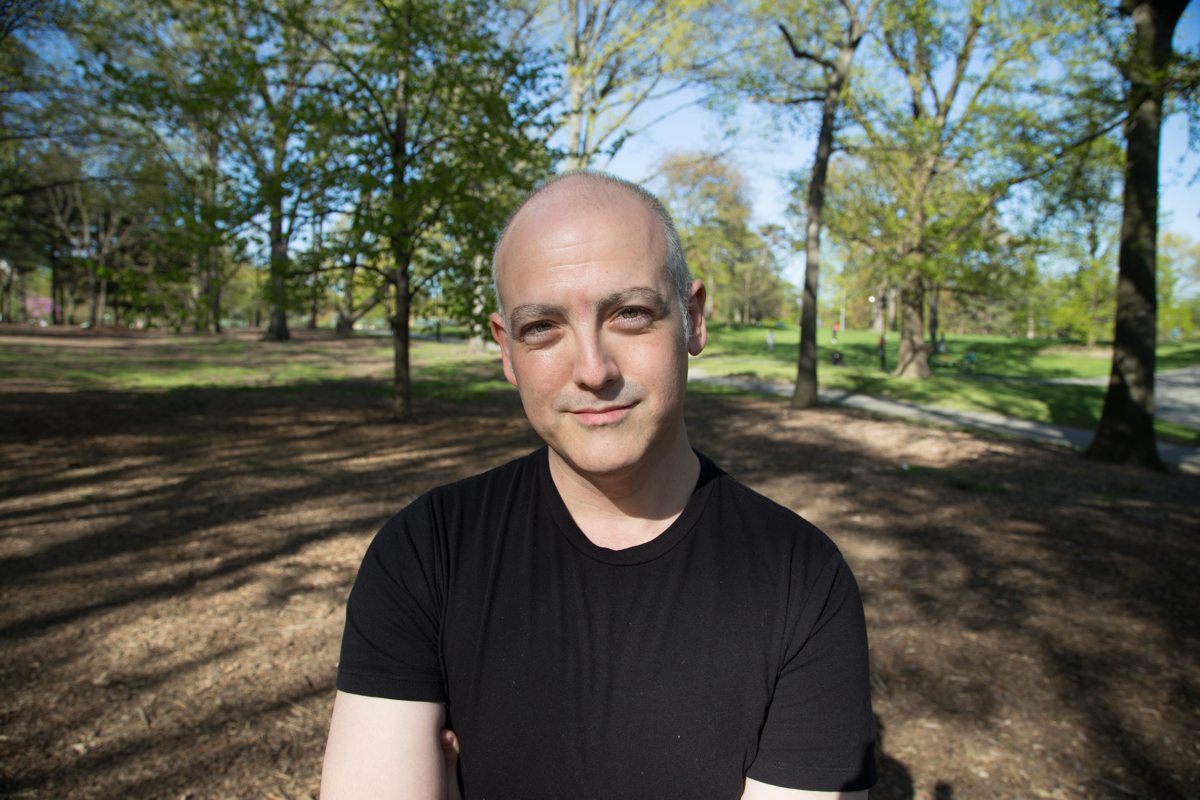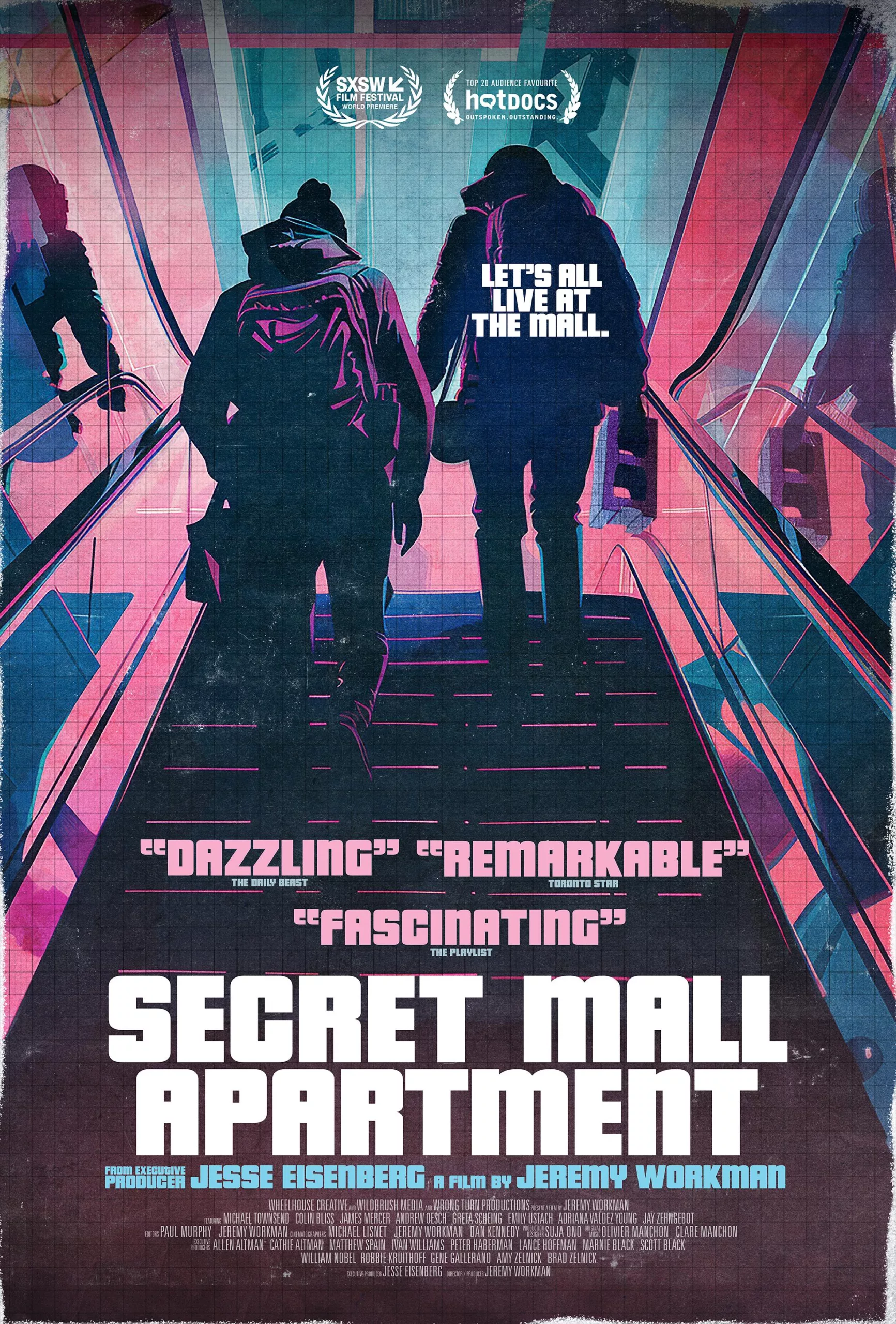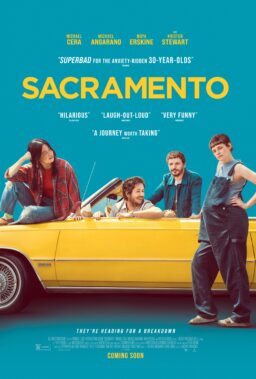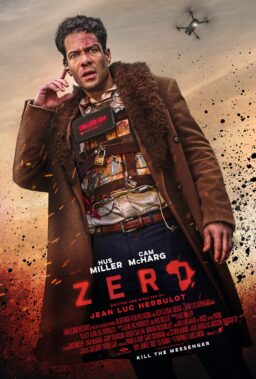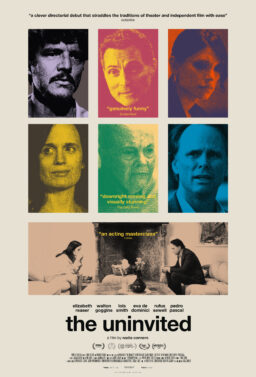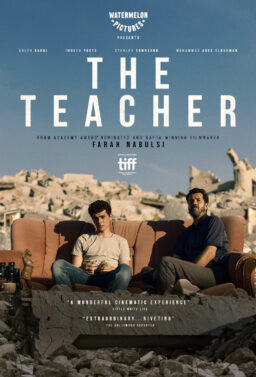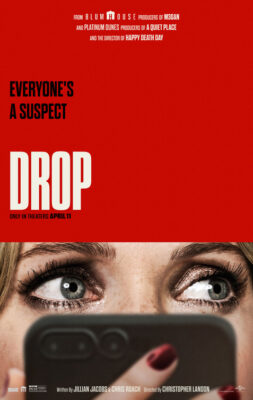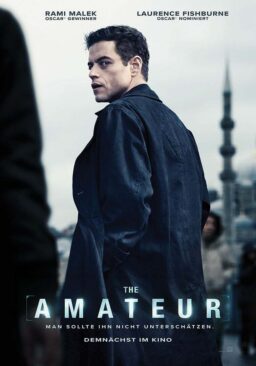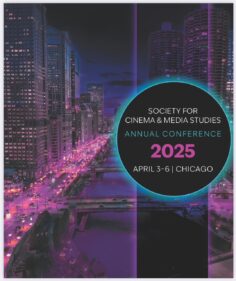“Secret Mall Apartment” is a Search Engine Optimization-friendly title for a documentary that’s about a lot of things that cannot be captured in three words. Directed by Jeremy Workman, it tells the story of a group of friends from a rundown, artist-friendly neighborhood in Providence, Rhode Island who got pushed out of their homes by a fancy new mall that was the opening salvo in a massive gentrification project. They found an unoccupied, seemingly unmapped spot inside the mall that pushed them out and began furnishing it as a living space. It existed for three years. During that time, the group managed to avoid detection by mall security or even other patrons.
Workman has said that as he worked on this film, he “quickly learned that they created the secret apartment to make a statement against gentrification. They had lost their homes as a result of development, and this was their unique personal way to show developers that they weren’t going anywhere.”
However, as the movie demonstrates, there were other elements in the mix. One was the thrill of doing a victimless, playful protest crime in plain sight of mall staff and customers who never noticed that the same eight people were hanging out in the mall constantly, rarely buying anything but food court items, and disappearing and reappearing for hours at a time without leaving the complex. The group slowly created a “normal” apartment in a concrete-walled, high-ceilinged, 750-square-foot room accessible only through crawl spaces and a tall, narrow set of metal stairs (which must’ve been hell to navigate with the dish cabinet and multiple couches that ended up in the space).
What’s most fascinating of all is that, in a roundabout way, “Secret Mall Apartment” is a film about artistic expression—and, relatedly, how artists can talk and talk and talk about why they did things without ever really knowing the full story, because the impulse to create comes from such deep places.
The eight artists were Michael Townsend, the ringleader; his then-girlfriend Adriana Valdez Young, Colin Bliss, James J.A. Mercer, Andrew Oesch, Greta Scheing, Jay Zehngebot, and Emily Ustach. The mall apartment wasn’t just a lark or an invasion by “squatters” (as the local newspaper called them) but an extension of what the eight were already doing in their public-facing careers.
Michael is mainly a “tape artist” who makes art with easily removable tape. The work is meant to be observed and considered and then disappear. He is also a teacher who specializes in instructing people who don’t think of themselves as artists to do art in groups, and encouraging people to feel confident in their artistic impulses even if they haven’t had formal training. Under his leadership, the core group of eight traveled all over the United States and did what you might call temporary or ephemeral tape-based art on city streets, in schools and hospitals and in other types of spaces and institutions—usually silhouettes of people, animals, and objects. (You might have heard about the taped silhouettes they did on the sides of New York buildings commemorating people who died in the 9/11 attacks.)
The various works were playful, clever, gently mysterious exercises. They were meant to remind people of the interconnectedness of human experience and fleeting nature of existence; bring beauty to places that otherwise lacked beauty; stop people in their tracks and make them think about why it’s so revelatory to see art in a place where you wouldn’t normally expect to see art.
Although there are recent interviews with key participants and a few re-creations that are clearly identified as such (the filmmakers constructed a replica of the mall apartment and show how it was designed and built in a studio). But the movie relies mainly on the incredible amount of low-resolution, early aughts video footage captured by the group. A lot of the footage is process documentation, showing what was done, and how.
But some of it captures tense or raw moments. There are arguments about the long-term usefulness of continuing the project and the gap between Michael’s enthusiasm and everyone else’s. We also see the group’s nearly project-ending encounter with mall security while smuggling concrete cinder blocks through the parking garage. Michael has always had a talent for talking his way out of these kinds of situations, and it doesn’t fail him here, but the movie is wise to admit that this project wouldn’t lasted long if the participants had been Black, no matter how good at improvisation they were. Nevertheless, the artists’ luck did ultimately run out, earning Michael, who took the fall for the others, a lifetime ban from the mall that was lifted just in time for this film’s premiere.
Workman and his co-editor Paul Murphy have an intuitive and pleasing sense of structure, giving you the information you need at the point in the story where you think, “I wish they’d tell me more about that.” How to time the appearance of context and explanation in a film is a gift that can’t be taught in schools; you either have it or you don’t.
There are times when one might wish they’d dug deeper into the personalities and relationships (seven of the eight were publicly unidentified until this film was made) or spent more time talking about friction points and disagreements (we only hear about these near the very end). And as complexly as Michael is portrayed, there are what seem like obvious connections between his biography and this project that you keep expecting the movie to highlight, yet for some reason it never does. (As a child, he moved eight times in his first seven years of life, which all by itself tells you why a man would build an artistic career around making beautiful things, including a living space, that lean into their impermanence, and that could easily be destroyed or taken away.)
But these are nitpicks. This is a delightful, thought-provoking movie that’s about a lot of things at the same time. It’ll make you see the world with fresh eyes, and probably wonder why there isn’t more art in it.

